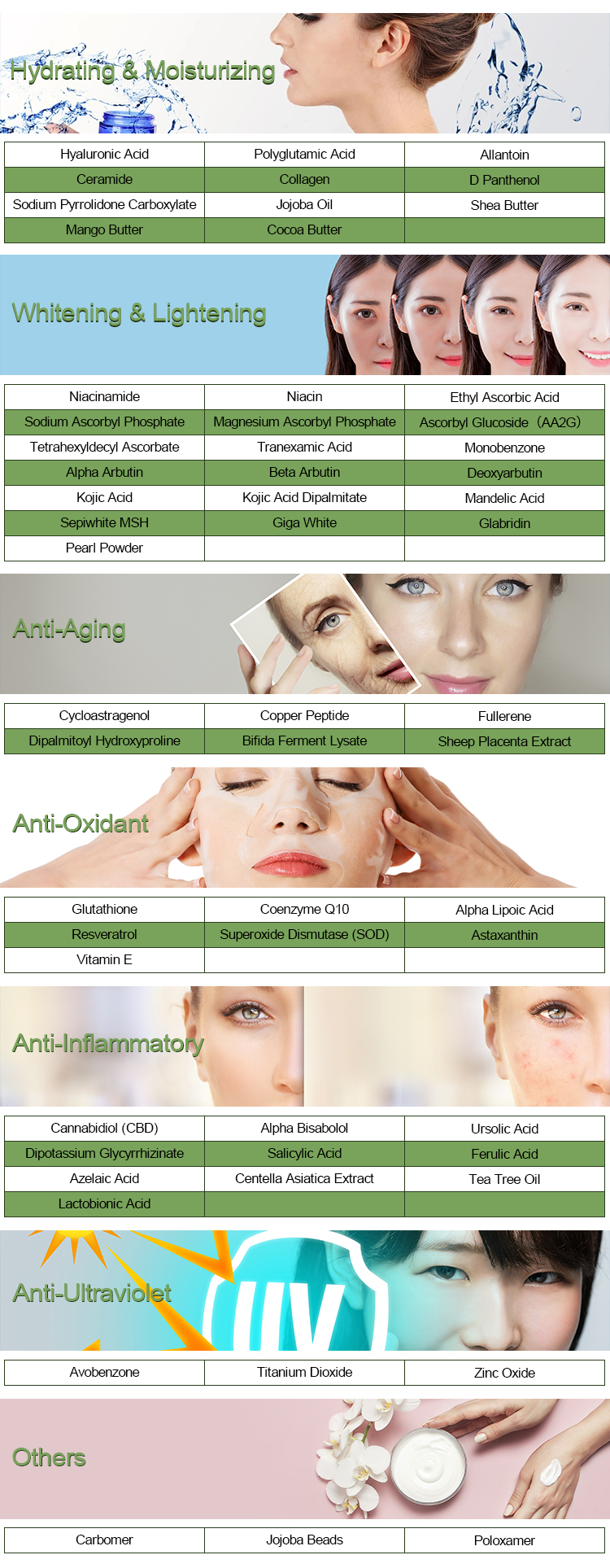Copper peptide, such as Copper Tripeptide-1 (GHK-Cu), are small protein fragments that are often used in skincare products for their ability to promote healing, collagen production, and overall skin regeneration. They are composed of three amino acids (glycine, histidine, and lysine) with a copper ion bound to the histidine residue. The production of copper peptide generally involves a multi-step process, which can be broken down into the following stages:
1. Synthesis of the Peptide
- Solid-Phase Peptide Synthesis (SPPS): This is the most common method for synthesizing peptides, including copper peptide. In this process, the peptide chain is built up step-by-step on a solid support (resin). The amino acids are sequentially added in a protected form and then deprotected after each addition.
- Choice of Reagents: During SPPS, various reagents are used for peptide coupling, deprotection, and purification. Protecting groups on the amino acids are used to prevent unwanted reactions.

2. Copper Ion Incorporation
- Copper Complexation: After the peptide has been synthesized, the copper ion (Cu²⁺) is added to the peptide solution. Copper is typically bound to the histidine residue in the peptide chain. This binding can occur through chelation, where the copper ion is coordinated to the nitrogen atoms in the histidine’s imidazole ring.
- Buffer and pH Control: The pH of the solution is adjusted to facilitate the binding of the copper ion to the peptide. Copper peptide is most stable at slightly acidic pH, typically between 4.5 and 7.0.
3. Purification
- Reverse-Phase High-Performance Liquid Chromatography (RP-HPLC): After synthesis, the crude peptide solution contains various side products, and the copper peptide must be purified to a high degree of purity. Reverse-phase HPLC is a common method for this, as it separates compounds based on their hydrophobicity.
- Size Exclusion Chromatography (SEC): In some cases, size exclusion chromatography can also be used for further purification, especially if the peptide forms aggregates that can be removed through size-based separation.
4. Quality Control and Characterization
- Mass Spectrometry (MS): To verify the peptide’s molecular weight and structure, mass spectrometry is commonly used.
- Nuclear Magnetic Resonance (NMR): NMR spectroscopy can be used to confirm the structure of the peptide and ensure it has the correct conformation.
- Copper Content Analysis: The amount of copper bound to the peptide is usually analyzed by methods like inductively coupled plasma mass spectrometry (ICP-MS) or atomic absorption spectroscopy (AAS) to ensure that the correct stoichiometry is achieved.
5. Formulation
- Stability and Preservation: Copper peptide can be unstable, especially in the presence of light, oxygen, or at extreme pH levels. Therefore, formulations are made to stabilize the copper peptide. This may include encapsulating the peptide in liposomes or using stabilizing agents to protect it from degradation.
- Incorporation into Skincare Products: Once purified and stabilized, copper peptides are incorporated into various skincare products like serums, creams, and lotions. These formulations are designed to deliver the peptide effectively to the skin while maintaining its activity.

Key Considerations:
- Copper’s Biological Activity: Copper is known to have several biological roles, including promoting wound healing, stimulating collagen production, and acting as an antioxidant. The stability of copper peptides is crucial to their efficacy, and improper handling can lead to the breakdown of the peptide, which would reduce its effectiveness.
- Regulatory Concerns: Because copper peptide is often used in cosmetics, they must be produced under strict quality control conditions to meet regulatory standards. This includes ensuring the purity of the final product and verifying that the copper peptide is safe for topical use.
In summary, copper peptide production involves peptide synthesis, copper ion incorporation, purification, and careful formulation. The process is highly specialized and requires attention to detail to ensure both the effectiveness and stability of the final product.
